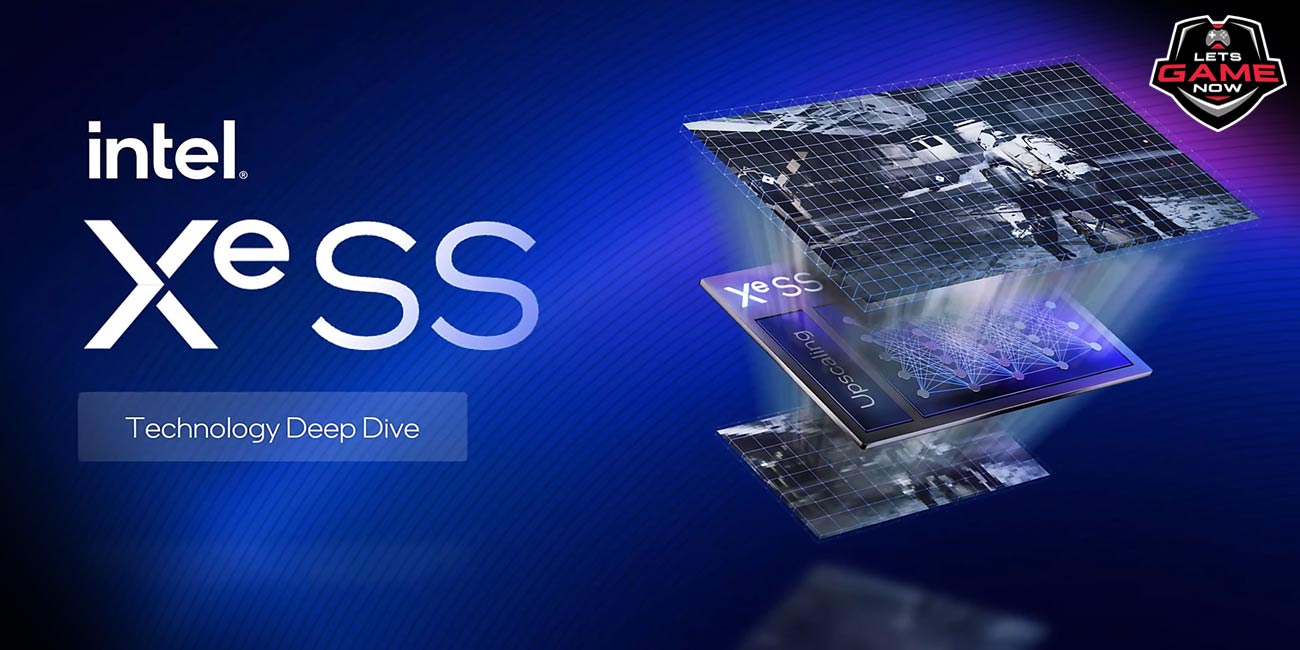


Sreyasha
Sep, 15.2022
There is a YouTube channel named Digital Foundry that published a new video exclusively with an in-depth review of Intel's new XeSS AI image reconstruction upscaler. In the review, XeSS was a great competitor to slightly older versions of DLSS version 2, featuring similar or better gaming performance and image quality compared to Nvidia counterpart.
XeSS is Intel's answer to Nvidia's DLSS and AMD's FSR intelligent upscaling technologies. XeSS upscales images from a lower to a higher resolution with a very little degradation to image detail.
XeSS functions in a similar way to Nvidia DLSS; upscaling relies on the help of a temporal AI algorithm that adds detail into the upscaled image. Unlike DLSS, Intel's counterpart has three different variations that support all types of GPUs which include Arc Alchemist Intel GPUs, Intel integrated graphics and non-Intel GPUs.
For testing purpose, Digital Foundry uses an Arc Alchemist A770 GPU running Shadow of the Tomb Raider build that supports Intel's new AI upscaler. Resolutions that were tested include 1080p, 1440p and 4K resolutions.
The performance was really good with XeSS with its implementation in Shadow of the Tomb Raider. In fact, almost 88% frame rate improvement was seen with the A770 at 4K resolution in XeSS' performance mode. The gains were not that significant like in other modes but were still good. Balanced sees a 66% performance improvement, Quality mode 47%, and Ultra Quality 23%.
These gains apply to higher resolution targets like 4K that puts more pressure on the GPU. For example, while testing less demanding resolution like 1440P, the maximum performance benefit was seen to be 52% in XeSS' performance mode. But a 52% performance boost still deserves attention.
Image quality was impressive like that of the performance metrics. Compared to DLSS version 2.3.2, XeSS can perform at a same level with Nvidia counterpart in every aspect. XeSS outperformed Shadow of the Tomb Raider's TAA implementation in some scenarios, despite the TAA test running at native resolution.
If XeSS and DLSS are placed side by side without zooming in, you won't get to see any difference. Only differences in image quality would be seen. Even then, both AI upscalers look identical with DLSS being the winner in few situations. Images with motion share a great quality with XeSS, having no actual ghosting or artifacting.
The only exceptions to XeSS's excellent image quality revolve around few bugs that need to be fixed by Intel. First, it includes unusual flickering with vegetation and clothing that sometimes get intense. Some areas with water and mud can also be a problem with intense jittering which is very distracting.
Along with these bugs, as per Digital Foundry's review, Intel is now a serious contender in the AI upscaling market. Intel will receive whole lot of adoptions if it wishes to compete against DLSS and FSR, both widely adopted in the video game industry today.